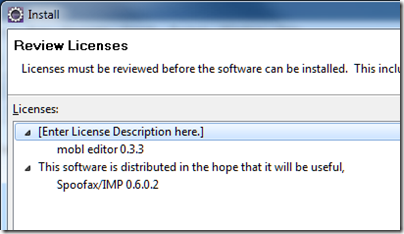I heard Richard Thompson and his band last night at the Royal Concert Hall in Nottingham. A pleasant venue, not too large, good acoustics, but lacking in atmosphere. The concert was pretty much sold out and there was no doubting the warm regard of the audience towards the performers, but it was not a lively crowd; it was an enjoyable evening but one that never quite sparkled.
Money Shuffle was an energetic opener; it is one of those songs that you think you have heard before even when you have not, with a timeless Richard Thompson feel to it. Then it was on through Dream Attic – he is performing his recent CD nearly in its entirety on this tour – with a slow tempo for Among the Gorse Among the Grey, and then full speed into Haul Me Up, a rollicking number which was a lot of fun.
As we progressed though the album Thompson gave succinct intros to the songs, gently mocking his own predilection for songs of death and mayhem – I loved these little bits of chatter, and I wish they had been put into the album, which is recorded live.
When we got to Big Sun falling in the River I had a moment of reflection. The song is set in London, Thompson told us, where the river is wide and at the right moment you can get some spectacular sunsets. The lyrics tell of a relationship going bad and shattered dreams:
Big Sun Falling In The River
Big sky shining in the water
Big love dying like the dying day
He doesn’t sing it like someone particularly upset though – not like, say, Missie how you let me down, or Long Dead Love, from Daring Adventures. Still, it is one of the recurring themes in Thompson’s music, with another being death. Sidney Wells, also on Dream Attic, is a gory tale of a serial murderer. Why so gloomy?
After my second beer last night I had what seemed a brilliant insight into the matter. It starts with English folk music, which sings of death in order to help us come to terms with mortality. And it continues with Richard Thompson writing Meet on the Ledge as a teenager:
Meet on the ledge, we’re gonna meet on the ledge
When my time is up I’m gonna see all my friends
Meet on the ledge, we’re gonna meet on the ledge
If you really mean it, it all comes round again
Richard Thompson’s words gained added poignancy after the tragic motor accident in 1969, when Fairport Convention’s drummer Martin Lamble and Thompson’s girlfriend Jeannie Franklyn died.
There is no answer to the reality of pain and loss; but music and humour is one route to healing and perhaps this is part of what is going on in Richard Thompson’s music and in the folk tradition.
As for the concert, we moved on through an evocative Stumble On and a lively Bad Again towards the interval, after which, Thompson had told us, he would sing his hits “it will be very short” he joked.
After settling for an ice cream thanks to the Royal Concert Hall’s lack of anything that can be described as beer, I returned after the interval expecting a succession of blasts from the past and more engagement from the audience. It turned out not quite like that. There was less chatter – though after performing The Angels Took my Racehorse Away, Thompson did remark on his pride that Henry the Human Fly, from which the song is taken, was the worst selling record ever in Warner Brothers catalogue (an exaggeration, I am sure). We got Wall of Death, though I felt it was a bit of a throwaway, perhaps he is getting tired of the song. We got an atmospheric Al Bowlly’s in Heaven with solos from band members, who were:
Pete Zorn – all sorts
Michael Jerome – drums
Taras Prodaniuk – bass
Joel Zifkin – electric violin
Al Bowlly is hardly a song for drummers, but let me mention that Jerome’s performance was excellent throughout the show, adding lots of energy to the sound, even if he did knock over several mic stands and cause a panic emergence of roadies onto the stage to fix things up during one of the songs.
Still, while Al Bowlly and Wall of Death count as hits in Richard Thompson terms, I would not say that numbers like One Door Opens and Take Care the Road you Choose are in that category, and it remained a low-key evening. We had one short encore and that was that.
I enjoyed the first half more; I think Thompson is more engaged with the new songs, and liked that he took the trouble to tell us a bit about them.
I have never been been to a poor Richard Thompson concert; I loved being there last night and he delivered in every respect. If I sound a little disappointed it is only because I have been to some that I enjoyed even more. I think Dream Attic is a good album but not a great album, and feel the same way about the concert. That said, if you ever get the opportunity to see this man perform, go without hesitation; he is one of the best.
Setlist
The Money Shuffle
Among the Gorse among the Grey
Haul me Up
Demons in her Dancing Shoes
Crimescene
Big Sun Falling in the River
Stumble On
Sidney Wells
A Brother slips away
Bad again
If Love whispers your Name
—INTERVAL—
The angels took my racehorse away
Can’t Win
One door opens
Al Bowlly’s in Heaven (band solos)
I’ll never give it up
Wall of death
Tear-stained letter
Take Care the Road you Choose
A Man in Need


